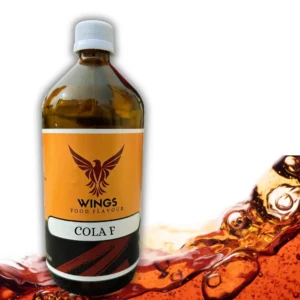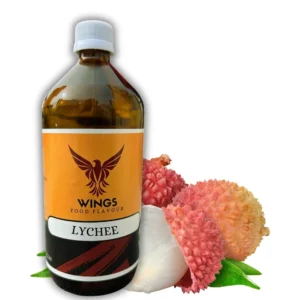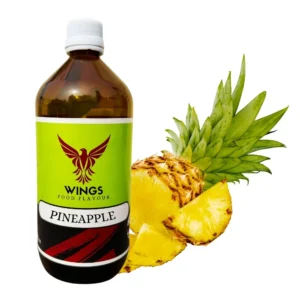Cranberry flavour
₹150.00
Cranberry food flavoring, known for its tartness, enhances beverages like cocktails and juices, desserts such as cakes and pies, sauces, yogurts, baking, and snack foods. Its tangy flavor adds brightness to a variety of culinary delights.
Cranberry food flavoring, typically derived from cranberry extract or artificial cranberry flavoring, is used in various culinary applications due to its tart and refreshing taste. Some common uses include:
1. **Beverages**: Cranberry flavoring is often added to beverages such as juices, cocktails, smoothies, and teas to provide a tart and fruity flavor. It’s also used in flavored water, sodas, and alcoholic drinks like cranberry vodka or cranberry margaritas.
2. **Desserts**: Cranberry flavoring can be incorporated into desserts like cakes, muffins, cookies, pies, and cheesecakes to add a tart and tangy twist. It’s also used in ice cream, sorbets, and gelatos for a refreshing flavor.
3. **Sauces and Dressings**: Cranberry flavoring is commonly used in sauces, dressings, and marinades to add a tart and fruity element to dishes. It’s particularly popular in cranberry sauce served with roast turkey or as a glaze for meats.
4. **Yogurts and Dairy Products**: Cranberry flavoring can be mixed into yogurt, yogurt drinks, and dairy-based desserts to create tangy-flavored variations with a hint of sweetness.
5. **Baking**: In baking, cranberry flavoring can be used in bread, scones, muffins, and cookies to infuse a tart and fruity flavor. It’s also used in fruit fillings for pastries and tarts.
6. **Snack Foods**: Cranberry flavoring can be used in snack foods such as granola bars, trail mixes, and energy bars to provide a burst of tartness and enhance their flavor profile.
7. **Jams and Preserves**: Cranberry flavoring is used in making jams, jellies, and fruit spreads, which can be enjoyed on toast, sandwiches, or used as toppings for desserts. Its tart flavor adds complexity to the preserves.
Overall, cranberry food flavoring offers a tart and refreshing taste that can enhance a wide range of culinary creations, from beverages and desserts to savory dishes and snacks.
| weight | 25gm, 100gm, 500gm, 1kg |
|---|


 Food Flavours
Food Flavours  Essential Oils
Essential Oils  Fragrances Oil
Fragrances Oil  Aromatic Chemical
Aromatic Chemical  Aroma and Diffuser Oil
Aroma and Diffuser Oil 






 Home
Home  Whishlist
Whishlist  Compare
Compare  Checkout
Checkout
Reviews
There are no reviews yet.